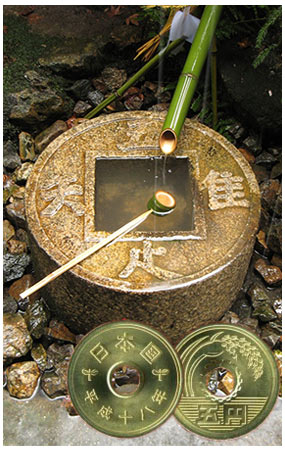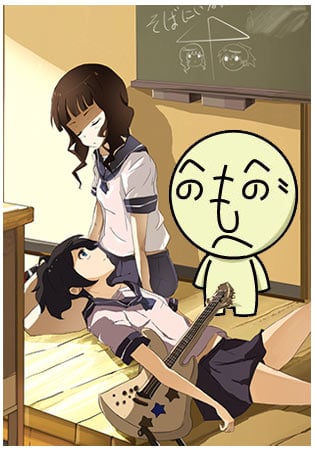The currency used in Japan is yen, called en in Japanese, a word which literally means “circle,” which was probably why the yen rate was officially set at 360 yen to the dollar in the decades after World War II. Because yen prices involve numbers that are quite high, you quickly get used to paying 980 yen for lunch, or 8,000 yen to fill your gas tank, or 178,000 yen for a new computer. Like Europe and Canada, Japan uses coins for a lot of currency denominations, with the 100 and 500 yen notes (equivalent to $1 and $5 bills) having been replaced by coins many years ago. One of my favorite Japanese coins is the 5-yen coin, shown below, which always makes me think of the bamboo fountain at Ryoan-ji, one of my favorite Buddhist temples in Kyoto (it’s the place with the “sea” of rocks that you can sit and contemplate for hours). The 5-yen coin is considered especially lucky because its name in Japanese (go-en) has the same pronunciation as a word roughly translatable as “a fortuitous encounter with someone who will be important to you for the rest of your life.” Hence, a lot of Japanese omamori good luck charms contain 5-yen coins inside.

The 5-yen coin is my favorite type of Japanese money.















